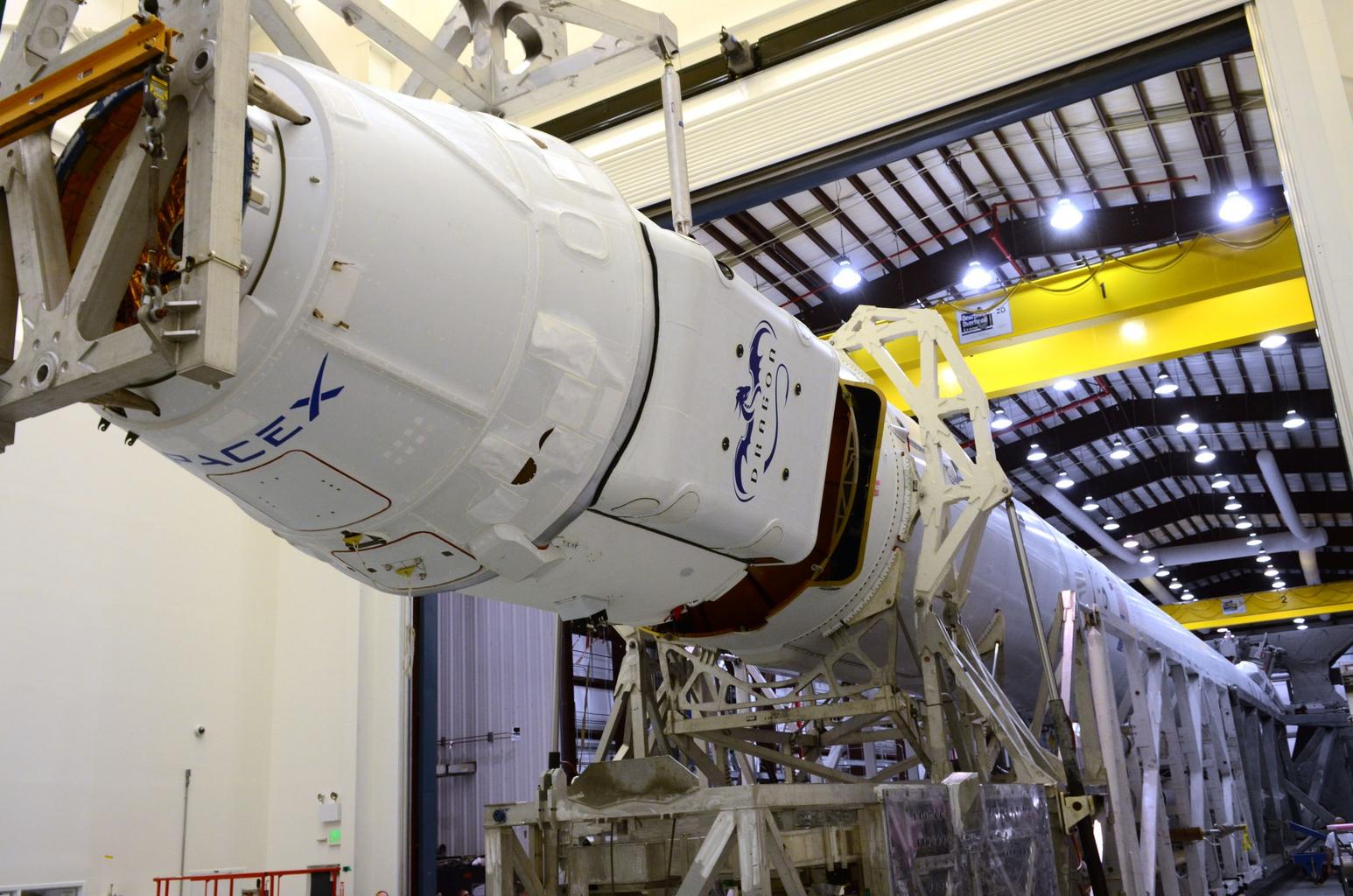|
SpaceX's NASA
astronaut launch debut jumps its place in line, now up next
 BARRING SURPRISES, SPACEX'S NEXT LAUNCH WILL BE THE COMPANY'S FIRST NASA ASTRONAUT LAUNCH EVER. According to NASASpaceflight.com reporter Michael Baylor, SpaceX's Starlink-7 satellite launch has been indefinitely delayed due to drone ship constraints, meaning that the company's Crew Dragon astronaut launch is now up next. As a result, SpaceX's next orbital launch has been delayed by at least eight days. In return, however, that launch will arguably be the most important in the company's 18-year history, (hopefully) marking the biggest step by far SpaceX has taken towards its main goals of democratizing spaceflight and enabling the sustainable, permanent settlement of Mars. Known as Demonstration Mission 2 (Demo-2), it will simultaneously be the first crewed launch under NASA's Commercial Crew Program (CCP) and SpaceX's first astronaut launch ever and is scheduled to lift off no earlier than (NET) 4:33 pm EDT (20:33 UTC), May 27th. Formerly scheduled to launch no earlier than (NET) May 7th, 17th, 18th, and 19th after a number of technical and weather-related delays, SpaceX's 8th 60-satellite Starlink launch has now been delayed until sometime after Crew Dragon's late-May inaugural astronaut launch. According to NASASpaceflight and speculated about in-depth on unofficial forums in the days prior, the schedule swap decision was made due to constraints in SpaceX's drone ship. While simple on the face of things, the change does reveal a bit of the hidden strategy behind SpaceX's management of both its rocket fleet and the ships that recover them. SpaceX's next launch will have crew onboard. The Starlink launch is in fact now postponed until after Demo-2 due to not enough time to turnaround OCISLY. GO Quest is leaving Cape Fear and has set a destination of Cape Canaveral with an ETA of Tuesday 19th. The Starlink launch might be canceled. Rough seas are forecasted for the 19th and they cannot delay further without conflicting with DM-2 recovery. For each drone ship booster landing, it takes at least a week for the ship to be towed several hundred miles downrange to the recovery zone and at least as long to return to port. Add in the time required to safe and secure a landed Falcon 9 or Heavy booster, navigate sea states to prevent damage to - or the outright loss of - that booster, and the work needed to safely lift it off the drone ship's deck onto dry land and it can easily be 9-10 days before a drone ship is ready for another landing. At the same time, SpaceX's turnaround record is about eight days between booster landings. Had SpaceX persevered and attempted to launch Starlink-7 on May 19th and Crew Dragon's inaugural astronaut launch on May 27th, it's possible that things would have worked out, with both booster landings occurring on schedule on the same drone ship. However, given just how much of a priority Crew Dragon Demo-2 is compared to an internal Starlink launch and a tropical storm threatening to delay Starlink-7's launch and landing even further, SpaceX clearly decided that it just wasn't worth the risk. Given the extraordinary importance of Demo-2, set to be the first time the United States has launched its own astronauts into orbit in almost nine years, it's not exactly surprising that SpaceX has chosen conservatism this time around and prioritized its inaugural NASA astronaut launch. According to Spaceflight Now, the Crew Dragon capsule assigned to SpaceX's inaugural NASA astronaut launch - pictured above - actually joined the new Falcon 9 rocket that will launch it at Pad 39A on May 15th. Now fully fueled with liquid hydrazine and nitrogen tetroxide, the spacecraft could be mated with Falcon 9's upper stage at any moment (if it hasn't been already). Once fully assembled, Falcon 9 booster B1058, a new Falcon 9 upper stage, Crew Dragon capsule C206, and an expendable trunk section will be rolled horizontally out to Kennedy Space Center (KSC) Pad 39A to perform a crucial pre-launch static fire test. Rollout and static fire operations could begin at any point within the next few days. It remains to be seen whether drone ship OCISLY will remain in the Atlantic Ocean or head back to Port Canaveral before departing again to catch booster B1058. |

Ingen kommentarer:
Legg inn en kommentar
Merk: Bare medlemmer av denne bloggen kan legge inn en kommentar.